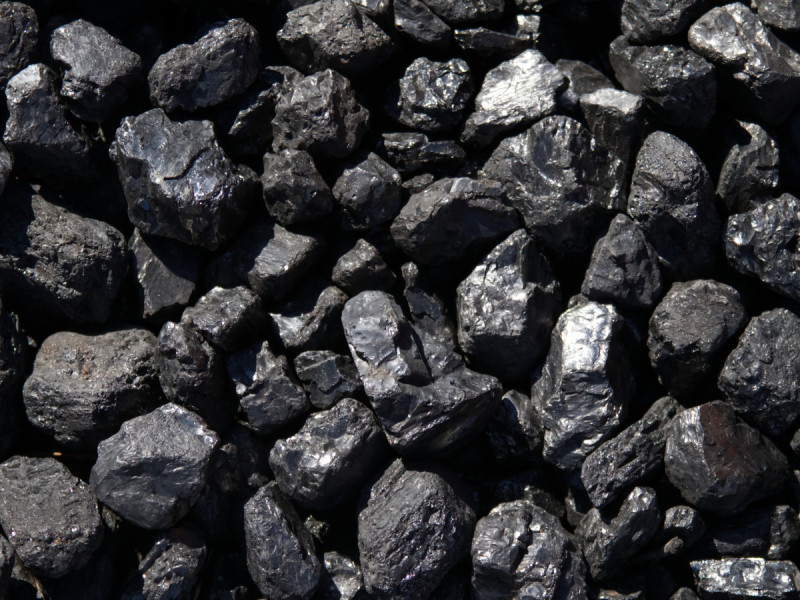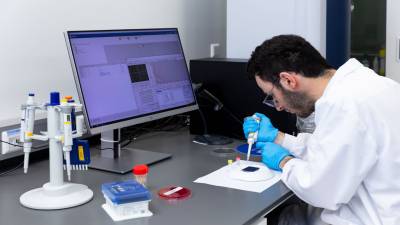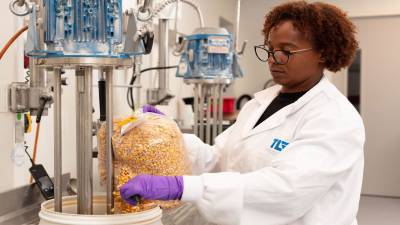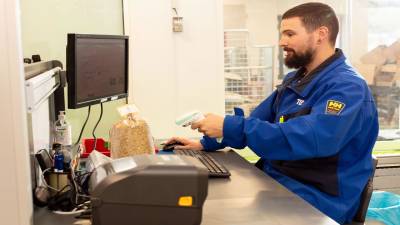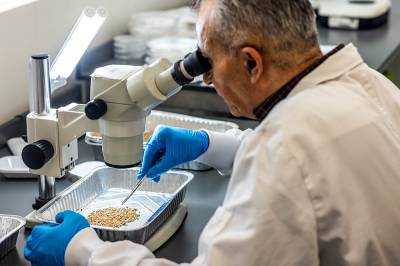Coal Analysis: Quality, Application and Supply Chain Assurance
Sector use of coal
TLR International Laboratories supports energy companies, bulk terminals and industrial customers with accredited coal analyses and supply chain inspections. Every year, thousands of tonnes of coal, coke and blend fractions are sampled and analysed based on customer specifications, contract standards and international regulations.
Practical experience
In 2023, during a terminal inspection in Rotterdam, a shipment of imported coal was rejected due to abnormal moisture and ash content. Thanks to timely analysis and redistribution, production loss at the end user was prevented. This intervention highlights the importance of laboratory control in bulk raw materials.
Applications of coal
- Electricity generation
Coal is burned in thermal power plants to drive steam turbines for power production. - Industrial processes
In the steel and cement sectors, coal can be used as a reducing agent or thermal energy source. - Coke production
Coke, obtained via the dry distillation of coal, is crucial for iron production in blast furnaces. - Heating
In certain countries, coal is still used for building or household heating.
Quality criteria for commercial use
Parameter | Application |
Calorific value (MJ/kg) | Energy yield per kilogram of fuel |
Moisture content (%) | Lower moisture content increases thermal efficiency |
Ash content (%) | Limits slag formation and equipment fouling |
Sulphur content (%) | Affects SO₂ emissions and environmental classification |
HGI | Hardgrove Grindability Index; determines grindability |
These parameters influence specifications, price and suitability for each application area.
Laboratory analysis and accreditation
TLR performs coal analyses in accordance with ISO standards and, where applicable, under ISO 17025 accreditation (RvA L059). Analyses can be used for product acceptance, blending control and export certification.
Analysis | Standard and application |
Proximate analysis | Moisture, ash, volatile matter, fixed carbon (ISO 11722-11727) |
Ultimate analysis | C, H, N, S, calculated O₂ (ISO 29541) |
Ash composition | Oxide profile: SiO₂, Al₂O₃, Fe₂O₃ (ISO 9515) |
Ash fusion temperature | Risk assessment for slag formation (ISO 540) |
HGI | Grindability score (ISO 5074) |
FSI (Free Swelling Index) | Swelling behaviour during heating (ASTM D720) |
Regulations and environmental impact
- ISO standards
Ensure international traceability of analytical methods and quality standards. - Coal Ban Act for Electricity Production (Netherlands)
Article 2: Prohibition of electricity generation with coal.
Article 3, paragraph 1:- Until 31 December 2024, no ban applies to production facilities.
- Until 1 January 2030, an exemption applies for facilities with an electrical efficiency ≥ 44%, provided the installation in a calendar year does not exceed 35% of potential CO₂ emissions at full capacity.
Article 3, paragraph 3: emission data is determined via a verified report in accordance with Regulation (EU) No. 601/2012.
- Coal tax
Under the Environmental Taxes Act, chapter 6, an environmental tax applies to the import, transport and use of coal.
Conclusion
Coal analysis requires technical depth, knowledge of international standards and compliance with environmental legislation. TLR combines practical experience with accredited analyses and supports clients throughout the entire process from sampling to reporting, tailored to supply chain requirements and regulations.
Meld je aan voor de laatste tips en adviezen dat je gelijk in de praktijk kunt brengen.

